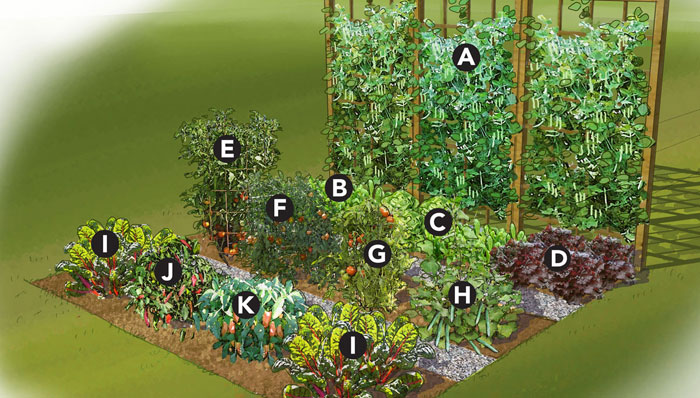
Thinking about designing a vegetable garden? Needing to find garden layout plans and spacing requirements that go along with them? Read on to see my favorite garden designs with tips on planning your ideal garden design.
Planning a vegetable garden layout
Make a list of vegetable plants when ready to design a vegetable garden
Start a list of what vegetable plants you plan on growing. Include each plant’s requirements, including spacing, light, and soil requirements. Also, include how tall each plant will grow and if it will need a trellis. This will help you to plot out your garden.
Draw a map of Your Property
The first thing you want to do is grab some paper, preferably grid paper, and a pencil to draw. Then walk around your property and draw in any trees, shrubs, buildings, hills, and low spots. The ideal areas you are looking at should be close to your house. This will make it convenient to keep the garden up. However, they should not be too close, as this could make them too shady.
You are also looking for an ideal place where the soil is loose, rich, level, and well-drained. Try not to pick a place that is low with water standing. Your vegetables will not grow very well in those poorly drained spots. If a poorly drained area is your only option, consider raised beds or containers in your planning.
Plant your vegetable garden near a water supply if possible. During dry times or when planting your seeds watering will be especially important. Again, convenience is key. If you have to haul water to your garden, on a hot summer day, well, that’s going to get old. Use long hoses if necessary, or a type of irrigation.
When you design a vegetable garden, you need to find your perfect spot. You need to stay a good distance from trees. These will pull valuable nutrients and water from your plants. They of course also may shade your plants too much. Also, stay away from areas where weeds do not grow. If weeds won’t grow, neither will your vegetables.
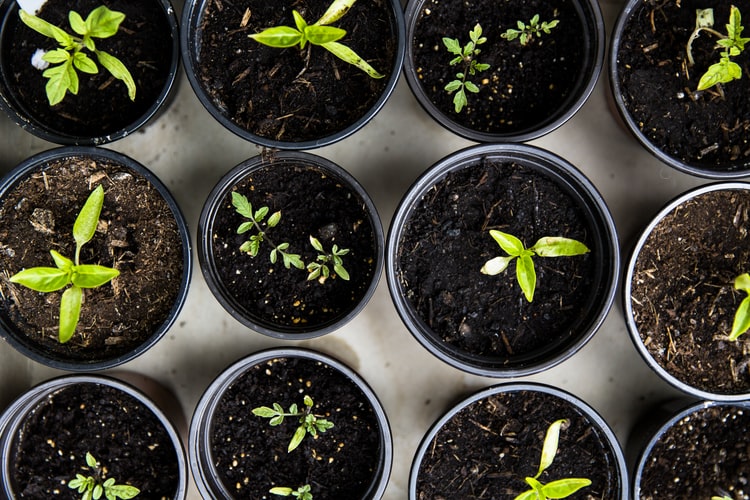
Know What Veggies Require Shade or Full Sun
Vegetables need sunlight to grow well, most vegetables need at least 6 hours of sunlight daily. Try not to plant where buildings or large trees will shade your garden.
Few people have the perfect garden location, so look for the best spot possible.
Once you have picked a good spot, you will want to sketch your ideal garden. Check out the garden plans below for the design that best meets your needs.
Sketching the Vegetable Garden Area - Plot the Vegetable Plants on the Map.
When you sketch your garden plan onto the map, keep in mind a basic principle. The most basic garden plans consist of a design with straight rows. These rows should run in a north-to-south orientation. This ensures that your garden will get the best sun exposure and air circulation. A vegetable garden that runs east to west tends to not get enough sun. This is due to the growing vegetable plants in the preceding row.
Vegetable Garden Layout and Spacing
Now, use your list of vegetable plants you plan on growing. Then, take the map you created earlier of your property. Finally, use the garden design you chose from below. Plot out where you want each group of vegetable plants to go. Measure out the ideal places for each vegetable seed or plant. Determine the group of plants needed. This will ensure your vegetable garden will grow healthy and productive.
Plan to grow taller crops on the north side of your garden. This will prevent them from shading smaller crops. Taller crops include varieties like corn and pole beans. Grow smaller crops, such as carrots or beets on the south side.
In plotting your garden, also decide which vegetable crops you want to grow vertically, and what will support them. Tomatoes, pole beans, and cucumbers are good examples of vegetables you could grow vertically, like on a trellis.
Also keep in mind that vining plants, like squash, need a lot of room. You should grow these vegetable plants in the center of your vegetable garden. You can also put vining vegetable plants on a trellis.
Grow medium-height plants like tomatoes, squash, and cabbage in the center of your vegetable garden.
Be sure to consider adding pollinator plants, such as marigolds. These plants attract beneficial insects. These insects can help you get a better harvest. They will also prey on garden pests.
Then, use a tape measure, stakes, and string. Head over to your new plot. Stake out where your vegetable garden is going to go. Mark any blocked sections. Make sure to measure out the exact area you need by following your garden layout.
Garden Design Ideas - What is the best way to lay out a vegetable garden?
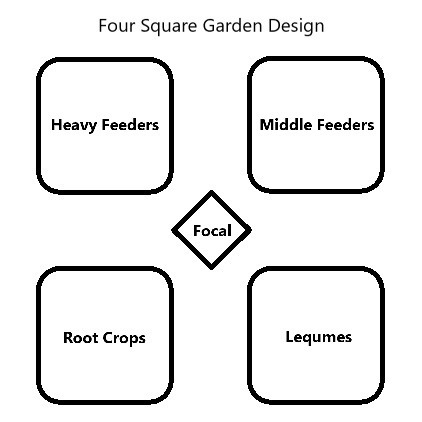
Four Square Garden Design
In this plan, you divide your garden into four equal sections, each representing a different bed based on the specific nutrient needs of the plants. Often there is a central pathway or focal point, such as a sundial or small tree, adding both functionality and visual appeal.
Consider the unique requirements of the plants you intend to grow and plan your planting accordingly:
- Bed 1: Heavy feeders, like corn, lettuce, herbs, spinach, brassicas, potatoes, and leafy greens need lots of nutrients. You will include these together in one bed.
- Bed 2: Middle feeders, such as tomatoes, cucumbers, eggplant, squash, melons, fruits, and peppers, will be in another bed.
- Bed 3: Root plants, such as onions, garlic, beets, radishes, turnips, and carrots are light feeders and like potash in the soil. You would grow these together accordingly.
- Bed 4: The soil builder group is those veggies that leach nitrogen into the soil, such as peas, beans, lima beans, and other legumes.
After each harvest, rotate the crops to the next square in the following year, typically moving from the bottom left and proceeding counter-clockwise. This practice helps reduce pests and soil diseases.
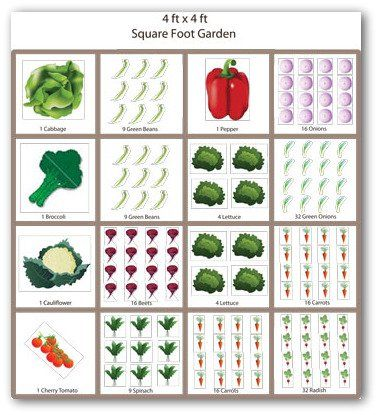
Square foot Garden Layout
In this plan, you set up grids of 4×4 squares. You attach string or wood to the frame to divide the bed into equal square-foot sections. You would plan for at least a 1-foot walkway between each square.
Plant one type of vegetable in each section. Place vine plants in the back with a trellis to allow the plant to grow.
Calculate the number of plants per section. Divide the lowest number of spacing inches you need into 12 inches. This makes up the individual square-foot plot.
For example, the closest spacing for carrots is normally around 3 inches.
You would calculate by dividing 12 by 3, making your answer 4.
This means that you fill the square with four rows of four plants each or 16 carrot plants.
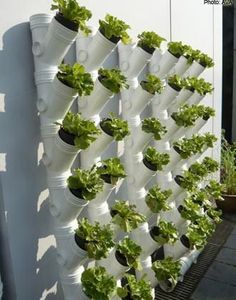
Vertical Garden Layout
Growing vegetable gardens vertically is yet another option, designed for people with traditional garden space.
Rather than planting in your typical garden bed, you take advantage of vertical space. You grow plants along trellises, hanging baskets, or even upside down.
There are even stackable containers available. These containers allow you to grow several plants in one area. You can do this by simply stacking the pots onto one another like a tower. Speaking of which, planting towers are another vertical option for growing plants and are popular for potatoes.
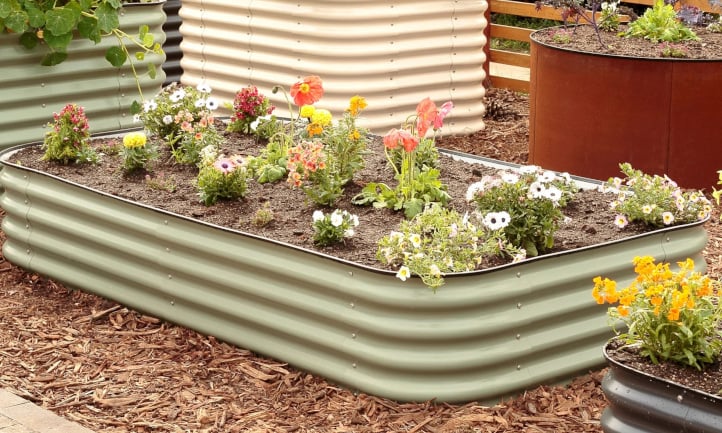
Raised bed Garden Idea
Again, for those having little space or even inadequate soil, planting veggies in raised beds is a great alternative. Planting in containers is also a great option. With this garden layout option, the sky is the limit. You can move the garden around. Use all available space, including vertical areas.
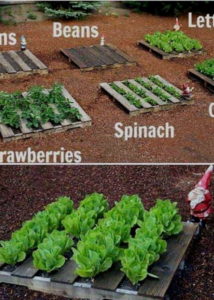
Pallet Garden Layout
If you want to grow a smaller garden, then you might want to consider this method. You have one raised garden bed.
Then you put a pallet on the backside of the bed. This will allow vegetables to grow up the pallet for support. This could be a frugal option as well. Many feed stores have pallets they give away or sell very cheaply. Look in local newspapers for people getting rid of pallets.
To make the most of your garden bed, you would use a pallet square for each vegetable grown.
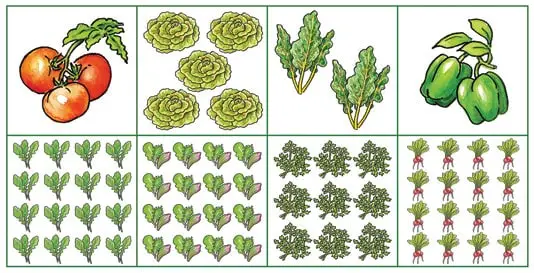
Small Garden Idea
If you have limited planting space in your garden, this vegetable garden layout is for you. You may also simply just be looking for a small, easy-to-follow plan. In that case, this vegetable garden layout is for you.
This layout gives you a recommended number of plants in each square foot of the design.
You can literally plant any vegetables of your choice or try one of the vegetable garden suggestions.


 Previous Post
Previous Post